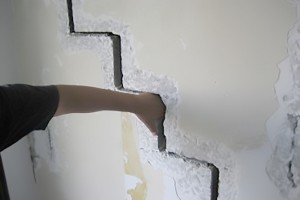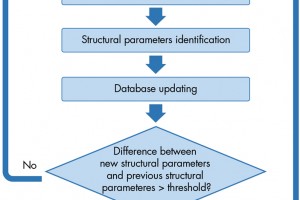Structure Movement Monitoring for Efficient Planning and Decision Making
Symptoms of building movement can develop obviously and suddenly, or more subtly over years or decades. Common symptoms include cracks in walls or floors, racked windows and door frames, and sloping or uneven floors. While each of these symptoms causes concern, not all are equal. Some symptoms could be a sign of structural deterioration in need of immediate repair. In contrast, other symptoms may be a remnant of previous movement that occurred years ago and has since stabilized. In between, a range of conditions exist. Given the range of potential repair actions and related costs, it is essential to identify the cause and an appropriate scope of repair.
…

